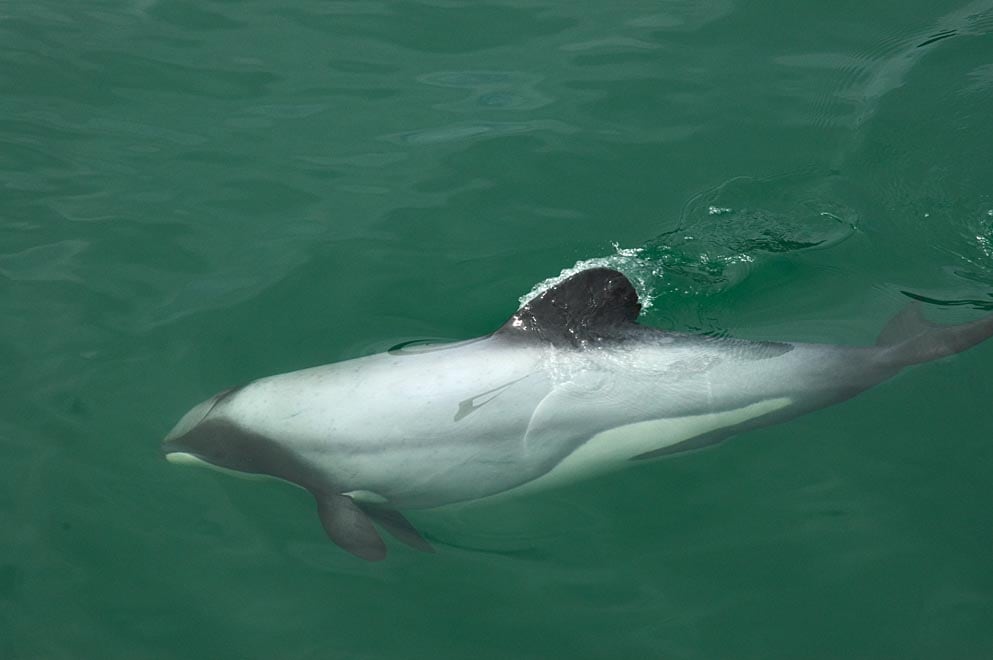New Zealand is home to the smallest dolphins in the world

Bec Crew
Bec Crew

Much lighter than your average human, and dwarfed by the more common bottlenose dolphin (which weighs 300 kg and can stretch to 4 metres), Hector’s dolphin is more seal-sized than dolphin-sized.
Hector’s dolphin (Cephalorhynchus hectori) is the only cetacean (a group including dolphins, porpoises and whales) that’s endemic to New Zealand, and its two subspecies are split between the South and North Islands.
The more common subspecies, the South Island Hector’s dolphin (C. h. hectori) is scattered around the South Island, very occasionally turning up in Fiordland – the south-western corner of the South Island.
The other subspecies, the Maui dolphin (C. h. maui), is found off the northwest coast of the North Island. Māui dolphins used to be known as North Island Hector’s dolphins but in 2002 they were classified as a subspecies of the Hector’s dolphin and given the name Māui.
The deep waters of the Cook Strait, which runs between the South and North Islands, was long thought to have acted as a barrier to separate the two subspecies, but in recent years, a handful of individuals have strayed from their preferred ‘side’.
While the South Island Hector’s dolphin is considered endangered, with just over 7,000 individuals estimated in the wild, the Maui dolphin is in far greater trouble.
With just 28 mature females thought to be left in the world, the critically endangered Maui dolphin is considered the rarest dolphin in the world.
Its name comes from the Māori word for the North Island, Te Ika-a-Māui. It’s also been nicknamed popoto, the Māori word for the dolphin.
Both subspecies share a beautiful, distinctive look – they sport striking white, grey, and black markings, including a black mask and a while stripe running along the belly.
They have no discernible beak and unusually rounded (‘Mickey Mouse’) dorsal fins:


One of the biggest problems with these dolphins is the fact that they tend to live close to the shore, which means they are at great risk of getting tangled up in recreational and commercial nets. Gillnets are the worst, because of how finely knit they are.
While the 2012 International Whaling Commission meeting saw New Zealand ban gillnets in a portion of the Maui dolphin’s habitat, it’s not been enough to stem the population decline across both subspecies.
The WWF and other conservation groups ae continuing to lobby the government to take more action against these nets.
We’ll leave you with some Hector’s dolphins, looking absolutely beautiful in New Zealand’s Akaroa Harbour:




